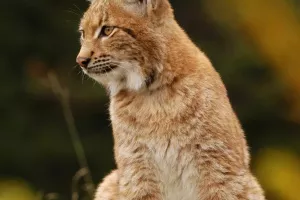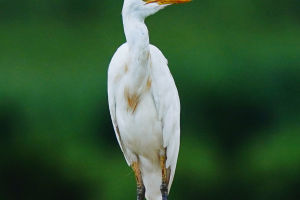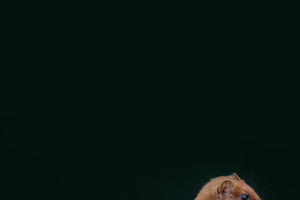Owls are nocturnal birds of prey and can be seen all over the world except Antarctica. They usually have a broad head, large and bright eyes, a short and stout mouth, a hook-shaped front, and the feathers on the front of the head are arranged in a face plate. Some species have ear-shaped feathers. The face plate and ear feathers make their heads closely resemble those of cats , so it is commonly known as the owl.
Owls, nocturnal carnivores, rely entirely on catching live animals for food. The size of the prey varies depending on the size of the owl, ranging from insects to rabbits, mainly feeding on mice. Interestingly, they all have the habit of spitting "food pills". They often swallow the food whole, and aggregate the indigestible bones, feathers, hair and other residues in the food into lumps, forming small balls that are spit out through the esophagus and mouth, called food pills.
There is something mysterious about owls. They always like to open one eye and close the other. Are they resting or awake? After a lot of investigation and research, ornithologists have found that the two eyes of owls are independently controlled by the left and right brains. Owls open one eye and close one eye, and can doze off and rest while observing changes in the surrounding environment, maintaining a high degree of vigilance at all times.
Owls are nocturnal and can spot their prey with precision, no matter how dark the night is. Their feathers are so soft that they make so little noise when flying that most mammals don't notice them. They can also adjust the direction of the attack according to the noise of the movement of the prey, and the last claws will kill the enemy. The fly in the ointment is that owls are colorblind and the only bird that cannot distinguish colors. Because they don't have cone cells in their retinas, they can't see colors.
Another unique feature of the owl is that its eyes are fixed in its sockets and cannot be turned at all. Owls need to keep turning their heads to see their surroundings, so they have a flexible neck that turns their faces back. Due to the special structure of the cervical spine, their head has a range of motion of 270°.
Owls perched on trees, and at night they grabbed branches with their claws and slept standing up. You might wonder why they don't fall off when they're asleep. Well, for us, clenching a fist requires muscle tension, and for them, claw clenching is the normal state of muscle relaxation.


